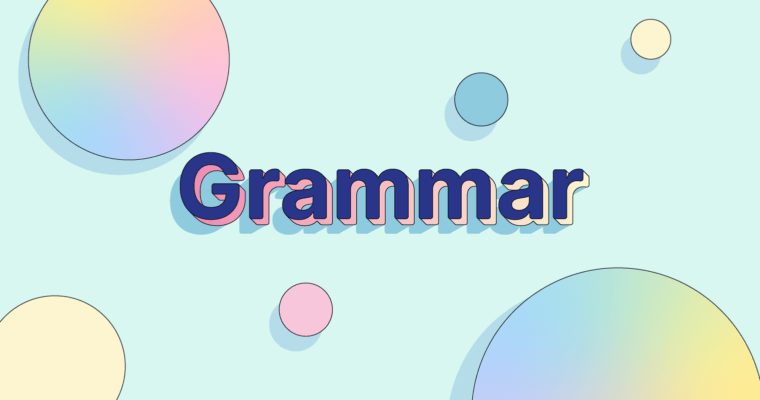One of the primary marks of a good writer is the ability to connect sentences properly. A stream of short, choppy sentences makes for a boring read, whereas long sentences strung together can be tedious or even confusing for the reader. In this article, we’ll discuss how to connect sentences in a way that is not only grammatically correct but also stylistically effective.
How to Connect Sentences Using Transition Words
One of the easiest and most effective ways to connect sentences is by using transition words. These words are designed to help you make the transition from one idea to the next as you write. If your sentences do not transition smoothly from one to the next, the effect is a choppy, disconnected writing style which makes your reader’s brain work overtime to fill in the missing parts. By learning how to use transition words properly, you can avoid this common pitfall. Different transition words have different effects on the meaning of your sentences. Review the transition words below for an illustration:
| Effect | Transition Words |
| To emphasize or add to an idea | likewise, in addition, also, as well, furthermore, again, moreover |
| To transition to a different or even opposite idea | conversely, nevertheless, on the other hand, on the contrary, although, even though, but, yet, while, however, except |
| To reach a conclusion | thus, therefore, consequently, as a result, because, since, as, so, inasmuch as |
| To admit a concession | admittedly, of course, naturally |
| To point out a sequence | first/second/third, a/b/c, lastly, next, then, finally, after that, until |
These words should be used naturally—even sparingly. If you use too many of them, the reader gets flung from one idea to the next, and is reminded of being on a bad roller coaster.
Connecting Sentences Using Colons and Semicolons
Another popular way of connecting sentences is through the use of punctuation marks—namely colons and semicolons. When using this method, it is important to keep in mind how the connecting sentences are related. For instance, colons should introduce a list, example, or explanation of the previous idea. Consider the sentences below and pay attention to how the colon is used in each sentence.
In the sentence above, the colon is used to introduce the list of etiquette topics the professor addressed.
In this sentence, the colon is used to introduce an example of one of the forgotten items.
In the sentence above, the colon is used to introduce an explanation for the idea expressed before the colon.
Semicolons can also be used to join sentences and should be employed when the sentences are related. Consider the following example:
The two independent clauses in the sentence are related to the same topic, so it’s fitting to connect them with a semicolon rather than write two short sentences.



